Earth Statistics
| Planetary Symbol: |
 |
Surface Gravity: |
9.78 m/s^2 |
| Diameter: |
12,753 km (7,926 miles) |
Rotation Period with respect to Sun (Length of Day): |
24 hrs |
| Mass: |
5.98x10^24 kilograms
(6.5e21 tons) |
Rotation Period with respect to stars (Sidereal Day): |
23 hrs 56 min |
| Density: |
5,515 kg/m^3 |
Revolution Period about the Sun (Length of a Year): |
365 days 5 hrs |
| Minimum Distance from Sun: |
146 million km
(91 million miles) |
Tilt of Axis: |
23o 27" |
| Maximum Distance from Sun: |
152 million km
(94.5 million miles) |
Temperature: |
-89o C to 57.7o C
(-128o F to 136o F) |
| Orbital Semimajor Axis: |
1.0 AU |
Average Surface Temperature (K): |
287K |
| Satellites: |
1 (the Moon) |
|
|
 Earth Image Archive
Earth Image Archive
 Comparative Planetary Statistics -- in table form
Comparative Planetary Statistics -- in table form
 Comparative Orbital Statistics -- in table form
Comparative Orbital Statistics -- in table form
 Earth's circumference, aphelion, perihelion, speed and more...
Earth's circumference, aphelion, perihelion, speed and more...
You might also be interested in:
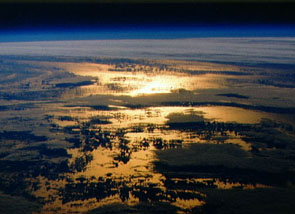
If a body (like the Earth) is orbiting around the Sun, we say it is closest to the Sun at perihelion and farthest from the Sun at aphelion. In 2000, perihelion for the Earth was on January 3, 2000, and
...more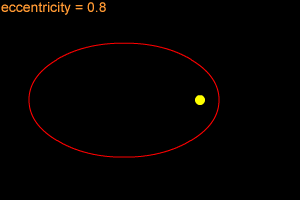
You may think that most objects in space that orbit something else move in circles, but that isn't the case. Although some objects follow circular orbits, most orbits are shaped more like "stretched
...more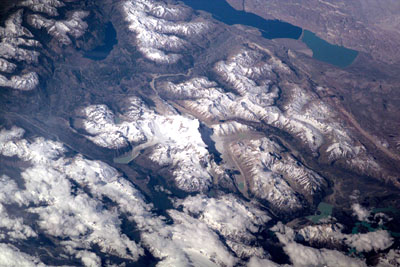
This picture of the Earth surface was taken from high above the planet in the International Space Station. In this view from above, we can see that there are lots of different things that cover the Earth.
...more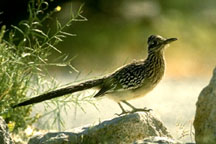
Like the other creatures of the desert, birds come up with interesting ways to survive in the harsh climate. The sandgrouse has special feathers that soak up water. It can then carry the water to its
...more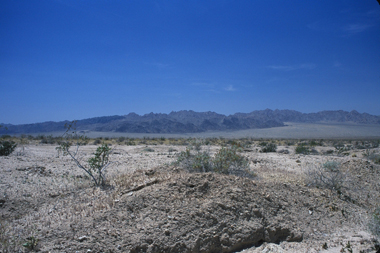
Deserts are full of interesting questions. How can anything survive in a place with hardly any water? Why is it so dry to begin with? You can find at least one desert on every continent except Europe.
...more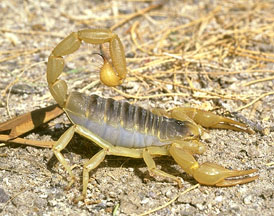
You can find insects almost anywhere in the world. So it should be of no surprise that there are plenty of insects in the desert. One of the most common and destructive pests is the locust. A locust is
...more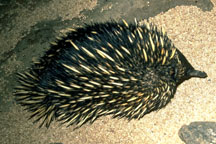
There are several species of mammals in the desert. They range in size from a few inches to several feet in length. Like other desert wildlife, mammals have to find ways to stay cool and drink plenty
...more

 Comparative Planetary Statistics -- in table form
Comparative Planetary Statistics -- in table form
 Comparative Orbital Statistics -- in table form
Comparative Orbital Statistics -- in table form
 Earth's circumference, aphelion, perihelion, speed and more...
Earth's circumference, aphelion, perihelion, speed and more...


 Earth Image Archive
Earth Image Archive











